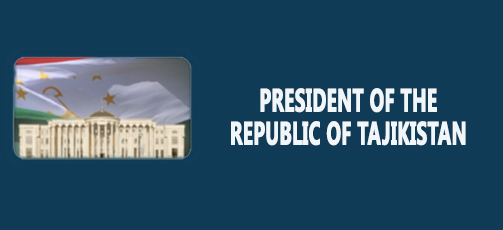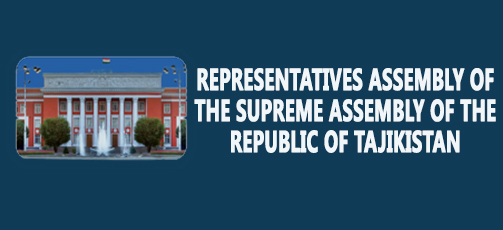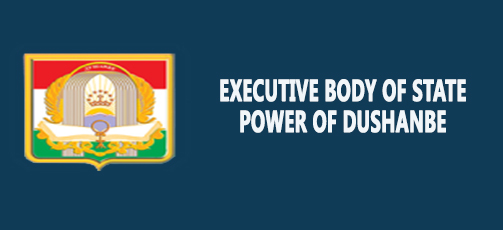Media Representatives Got Acquainted with the Tourism Opportunities of Khatlon Region
Read also
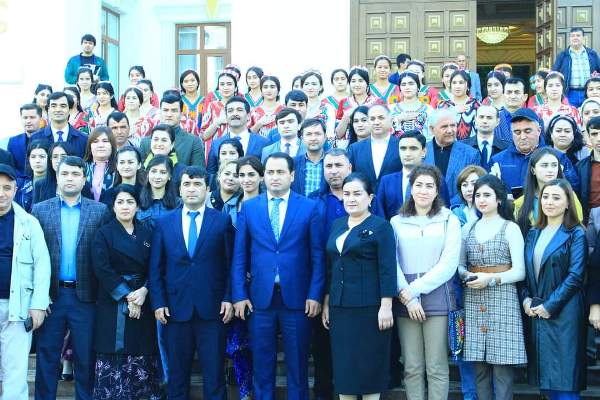
DUSHANBE, 01.11.2021 (NIAT Khovar) – On October 30, the Committee for Tourism Development organized a press tour to showcase the tourism opportunities of Khatlon region. The trip included some attraction sites of the city of Bokhtar, Levakant, and Vakhsh, as well a conference titled «Domestic Tourism — a Factor of Economic Development of the Country.»
Before the start of the trip, in Dushanbe, the Chairman of the Committee for Tourism Development Tojiddin Jurazoda talked with the participants about the implementation of government initiatives to present the country’s unique tourism potential and to increase the influx of tourists.
The conference in Bokhtar was attended by the First Deputy Chairman of the Committee for Tourism Development Habibullo Amirbekzoda, Deputy Chairman of Bokhtar Nargis Kurbonzoda, representatives of ministries and departments, executive bodies of various cities and districts of republican subordination, heads of tourism services, and the media.
The focus of the conference was the effective implementation of the state policy in the field of tourism, protection and presentation of natural and historical sites, training of tourism specialists, organization of routes for domestic tourism development, and other issues related to the effective development of tourism activities.
Amirbekzoda noted the current shortcomings and the suggested ways to improve not only the relevant tourism infrastructure, but the way service providers, shopkeepers, and locals in general interact with tourists.
The region has 931 historical and cultural sites, including 36 museums, 37 resorts, and 33 cultural parks. Khatlon is also home to the critically endangered species of fish called Amu Darya sturgeon, which can live up to 14 years.
The participants of the press tour also visited the ruins of Ajinateppa in the Vakhsh valley, which was a 50 meter by a 100-meter building, and which housed the 12 meter long Sleeping Bhudda, also known as the Buddha in Nirvana statue, and smaller sitting Bhudda statues. The building was destroyed by the invading Arabs in the 8th century AD. The statues were found in 1959. As Vakhsh valley was part of the Silk Road that connected Central Asia to India, it included many Bhuddist sites. The statue has been relocated and can currently be seen in Dushanbe’s Museum of Antiquities.
The excursion included newly opened industrial enterprises, fishponds for the development of agritourism, educational institutions, and natural sites.










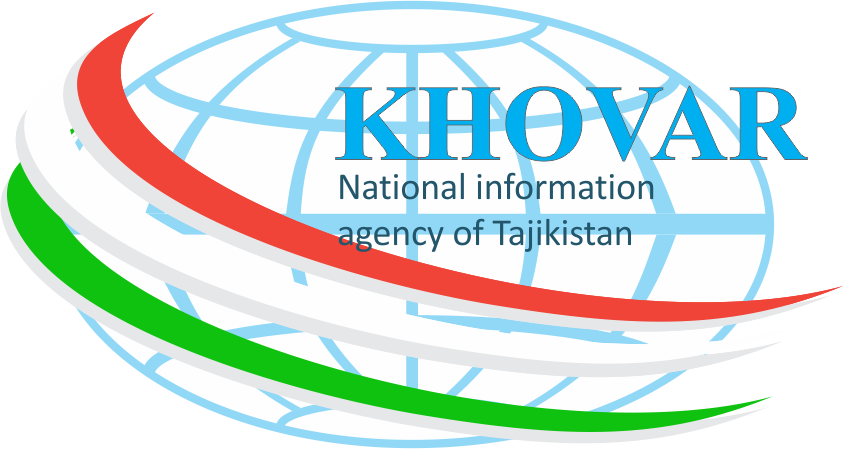

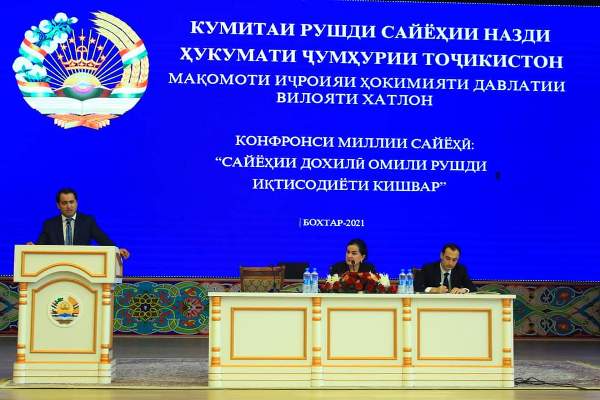
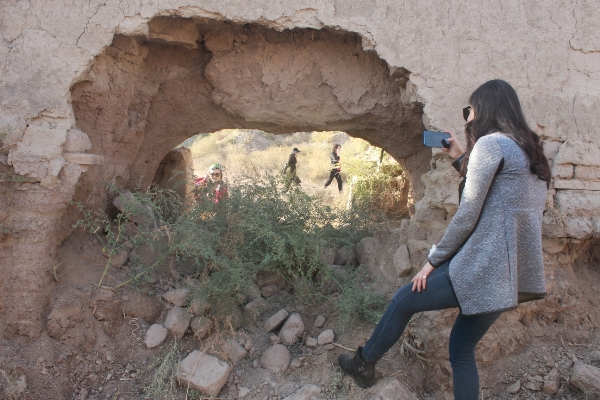
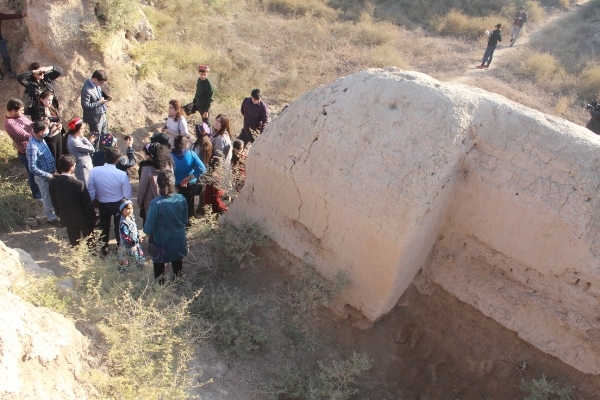
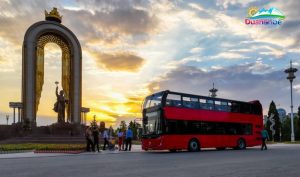 Dushanbe to Host Free “City Tour” on World Tourism Day
Dushanbe to Host Free “City Tour” on World Tourism Day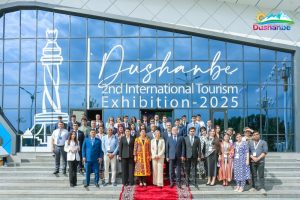 DITE-2025: Dushanbe Emerging as a New International Tourism Hub
DITE-2025: Dushanbe Emerging as a New International Tourism Hub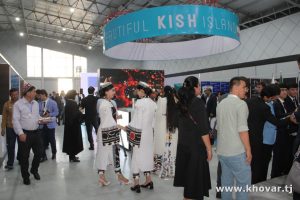 Dushanbe to Host Annual Tourism Exhibition
Dushanbe to Host Annual Tourism Exhibition Over 200 Companies Participate in DITE-2025
Over 200 Companies Participate in DITE-2025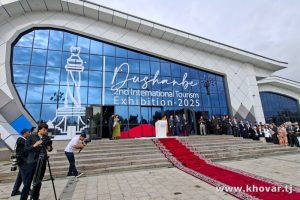 DITE-2025 Kicks Off at the Dushanbe Expo International Center
DITE-2025 Kicks Off at the Dushanbe Expo International Center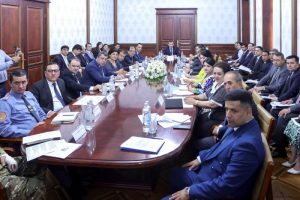 Dushanbe Steps Up Preparations for Major International Tourism Exhibition
Dushanbe Steps Up Preparations for Major International Tourism Exhibition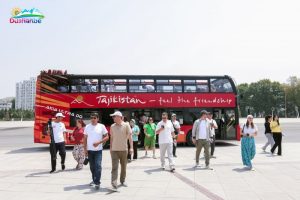 Over 450,000 Tourists Arrived in Dushanbe in 2025
Over 450,000 Tourists Arrived in Dushanbe in 2025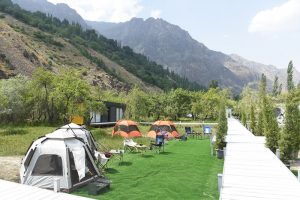 More Than 17,000 Tourists Visited Gorno-Badakhshan Autonomous Region in 2025
More Than 17,000 Tourists Visited Gorno-Badakhshan Autonomous Region in 2025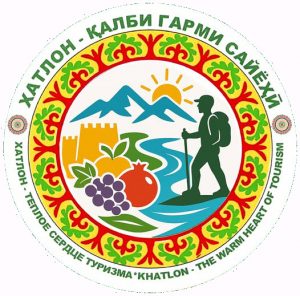 International Tourism Forum “Khatlon – the Flaming Heart of Tourism” to Be Held in Kulob
International Tourism Forum “Khatlon – the Flaming Heart of Tourism” to Be Held in Kulob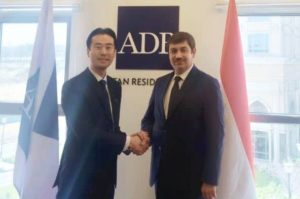 Tajikistan’s International University of Tourism and Entrepreneurship Expands Cooperation with Asian Development Bank
Tajikistan’s International University of Tourism and Entrepreneurship Expands Cooperation with Asian Development Bank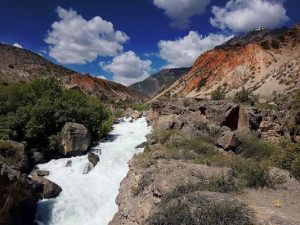 Khatlon Sees Boost in Tourism from Both Local and Foreign Visitors
Khatlon Sees Boost in Tourism from Both Local and Foreign Visitors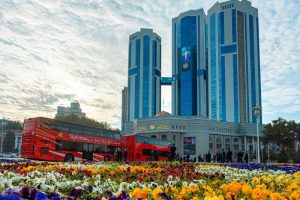 Season of Intracity Tourist Routes “Red Bus Tours” Will Begin in Dushanbe
Season of Intracity Tourist Routes “Red Bus Tours” Will Begin in Dushanbe









